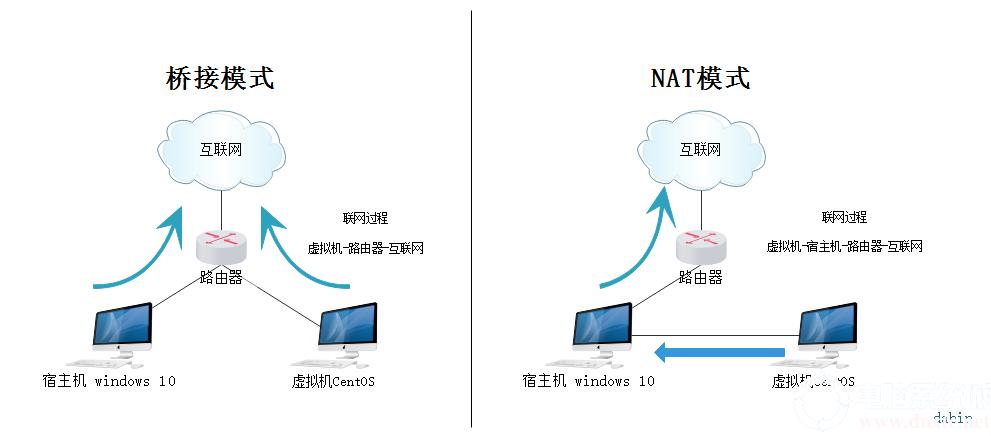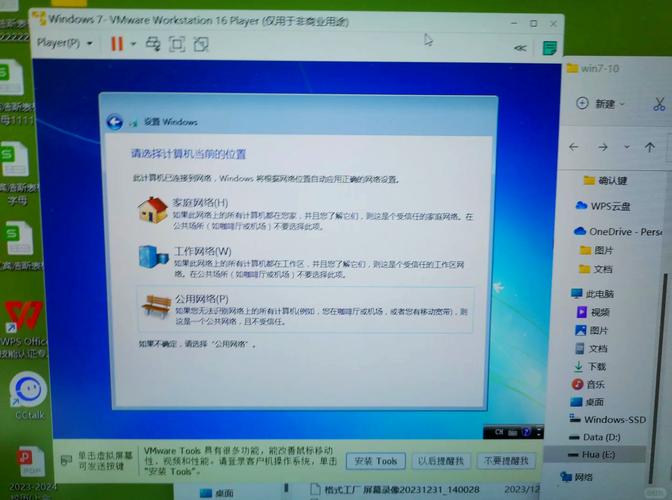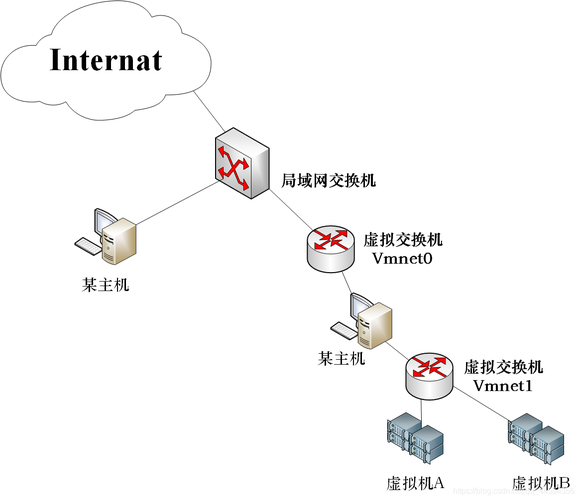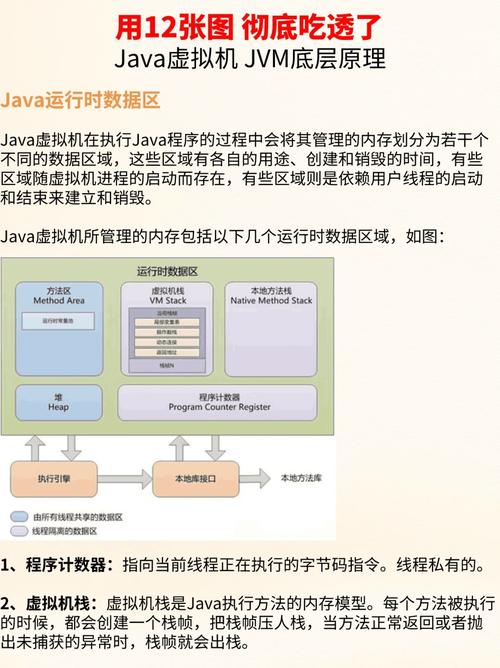Virtual Hosting Usage Issues and Suggestions
摘要:关于虚拟主机使用问题及建议,当前用户面临诸多挑战,如性能不稳定、安全性风险、资源限制等。针对这些问题,建议加强虚拟主机监控和维护,优化资源配置,提高系统性能。加强安全防护措施,确保数据安全。用户应根据实际需求选择合适的虚拟主机服务商,并关注服务质量和技术支持。这些措施有助于提升虚拟主机的使用效率和安全性。
Title: Understanding Virtual Hosting: Issues and Solutions
In today's digital era, virtual hosting has become an integral part of web development and maintenance. It offers numerous advantages such as cost-effectiveness, scalability, and flexibility. However, like any other technology, virtual hosting also comes with its own set of challenges and issues. In this article, we will explore some common virtual hosting usage issues and provide suggestions to address them effectively.
Issue 1: Performance Issues
One of the most common issues with virtual hosting is performance degradation. Shared hosting environments often have limited resources, which can lead to slow website speed and poor server response times. This can impact user experience and search engine rankings.
Suggestion: To address performance issues, consider upgrading to a higher-tier virtual hosting plan or moving to a dedicated server if the traffic and resource demands of your website increase significantly. Additionally, optimizing your website's code and images can help improve load times and overall performance.
Issue 2: Security Concerns
Security is another major concern with virtual hosting. With multiple websites sharing the same server environment, there is a potential for malicious activities such as malware infection or data breaches.
Suggestion: To mitigate security risks, it is essential to keep your server software and applications updated with the latest security patches. Regular security audits and vulnerability assessments should also be conducted to identify and address any potential weaknesses in your virtual hosting environment. Additionally, using strong passwords and enabling SSL certificates on your website can further enhance security.
Issue 3: Resource Management Challenges
Virtual hosting often involves managing limited resources such as CPU, memory, and storage space. This can lead to resource allocation issues if not managed properly.
Suggestion: To effectively manage resources, it is important to monitor your server's resource usage regularly. You can use tools like server monitoring software or cloud management platforms to track resource utilization and identify any bottlenecks or inefficiencies. Additionally, optimizing your applications and databases can help reduce resource usage and improve overall server performance.
Issue 4: Scalability Issues
As your business grows, the demand on your website also increases, which can lead to scalability issues with virtual hosting. Limited server resources may not be able to accommodate the growing traffic and data requirements.
Suggestion: To ensure scalability, it is important to choose a virtual hosting plan that offers scalability options. Many hosting providers offer cloud-based solutions that can automatically scale up or down based on your website's demand. Additionally, you can consider using content delivery networks (CDNs) to distribute your content across multiple servers, reducing the load on your primary server and improving scalability.
Issue 5: Lack of Technical Support
Some virtual hosting providers may offer limited technical support, which can be a challenge when facing technical issues or challenges.
Suggestion: When selecting a virtual hosting provider, it is important to consider their level of technical support. Look for providers that offer 24/7 customer support with multiple channels of communication such as phone, email, and live chat. Additionally, checking customer reviews and testimonials can provide insights into the quality of technical support offered by different hosting providers.
In conclusion, virtual hosting provides numerous benefits but also comes with its own set of challenges. By understanding these issues and implementing the appropriate solutions, you can ensure optimal performance, security, resource management, scalability, and technical support for your virtual hosting environment.









